
When it comes to pet care, it’s easy to take commonly repeated “facts” at face value. After all, pet food brands, breeders, and even well-meaning dog lovers often spread information that seems logical but isn’t always backed by science. These are twelve dog “facts” made by marketing teams that aren’t true.
1. Hypoallergenic Dogs

A common myth is that hypoallergenic dogs won’t trigger allergic reactions. “Hypoallergenic” means that a dog is relatively less likely to cause allergic reactions, not that they are completely allergen-free. All dogs produce dander, which causes allergic reactions in humans. Hypoallergenic breeds shed less hair, which reduces the amount of dander they release into the environment.
2. Lamb as a Hypoallergenic Meat
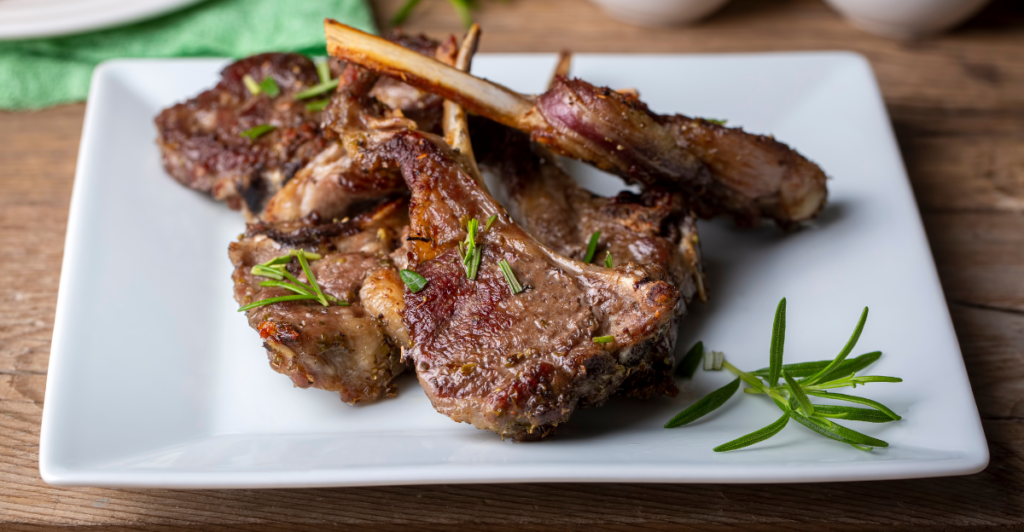
Another common myth is that lamb meat is hypoallergenic for dogs. Lamb is often recommended for dogs who struggle with allergies because it is a novel protein, which means that many dogs have not been exposed to it before. However, lamb is not inherently hypoallergenic and can cause allergies in some dogs.
3. High-Protein Diets Cause Kidney Failure

Some people believe that high-protein diets might harm a dog’s kidneys. However, recent research has shown that balanced protein is very important for your dog’s overall health. Restricting protein too much can lead to muscle loss. The quality of protein is more important than the quantity for dogs with kidney issues.
4. Pork Is Bad for Dogs
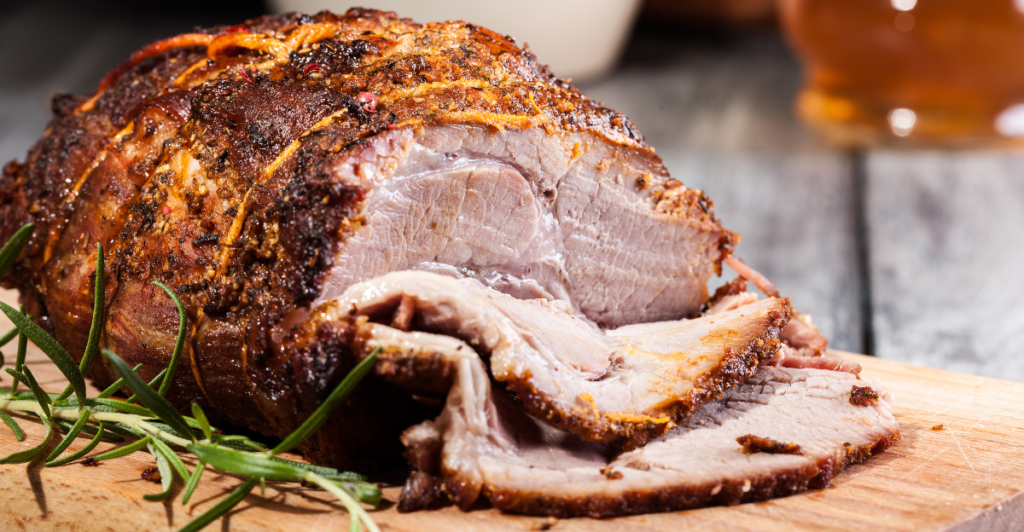
A lot of people also believe that pork is unhealthy for dogs. However, cooked, plain pork is safe and nutritious. The concern with pork is not the meat itself but the risk of trichinosis from uncooked pork. Cooked pork is a great protein source for dogs and can be part of a balanced diet.
5. “Real” Meat in Pet Food

Another common myth is that pet foods claiming to contain “real” meat are always truthful. In reality, some pet foods may only contain flavorings or small amounts of the meat that has been listed rather than substantial quantities. Always check the ingredient list to make sure that the meat content is significant.
6. All-Natural Pet Foods

Did you know that all-natural pet foods are not inherently healthier? The term “all-natural” is often used loosely and doesn’t guarantee better health benefits. That is why it’s important to read the ingredients list and nutritional content rather than relying on marketing terms.
7. Ingredient Splitting
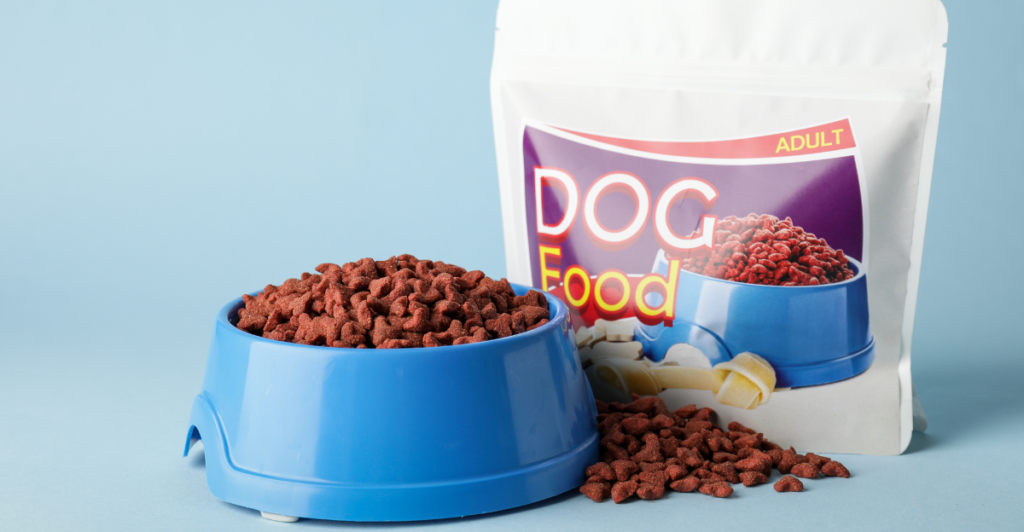
Another common myth is that ingredient lists accurately reflect the composition of pet food. Myth: Ingredient lists accurately reflect the composition of pet food. Pet food companies may split ingredients to make them appear more prominent on the label. For example, listing “chicken meal,” “chicken by-product meal,” and “chicken fat” separately can make chicken seem like a larger component than it actually is.
8. Grain-Free Diets Are Better
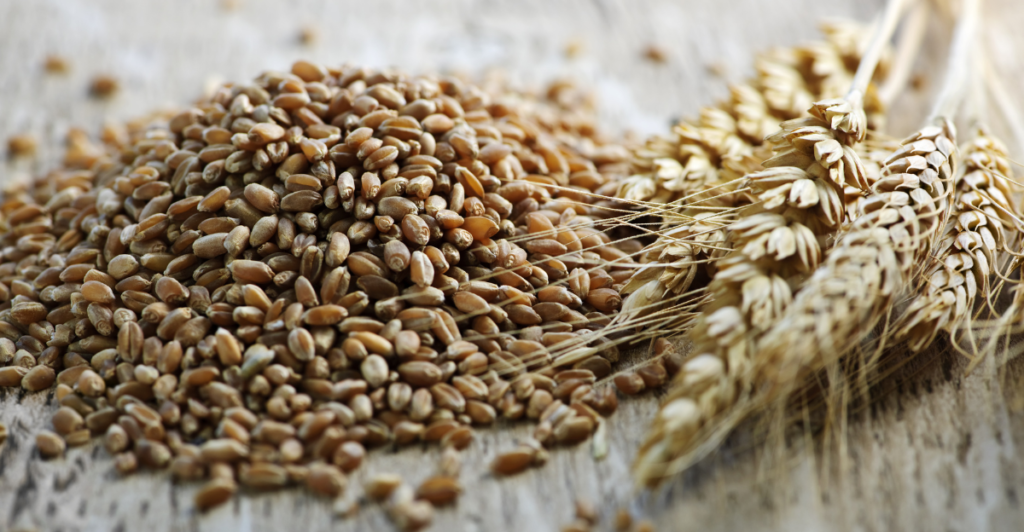
A lot of people believe that grain-free diets are healthier for dogs, but there is no scientific basis for the claim that grain-free diets are better for most dogs. Some dogs may have specific dietary needs, but for many, grains can be a nutritious part of their diet.
9. Raw Diets Are More Natural

Another myth is that raw diets are more natural and healthier for dogs. While some people might argue that raw diets mimic a dog’s natural diet, there is no conclusive evidence they are better for dogs than cooked foods. Raw diets can actually pose many health risks if not properly balanced and handled.
10. Certain Breeds Are Better for Small Spaces

Some people think that certain dog breeds are inherently better suited for small living spaces. While some breeds may be more adaptable to small spaces due to size or energy level, individual dog personalities vary greatly. Any dog can thrive in a small space if they are given enough exercise and attention.
11. Dogs Are Color-Blind

No, dogs are not completely color-blind. Although dogs see colors differently than we do, they are not completely color-blind. They can distinguish between blue and yellow but struggle with red and green.
12. Greyhounds Are Slower Than Cheetahs
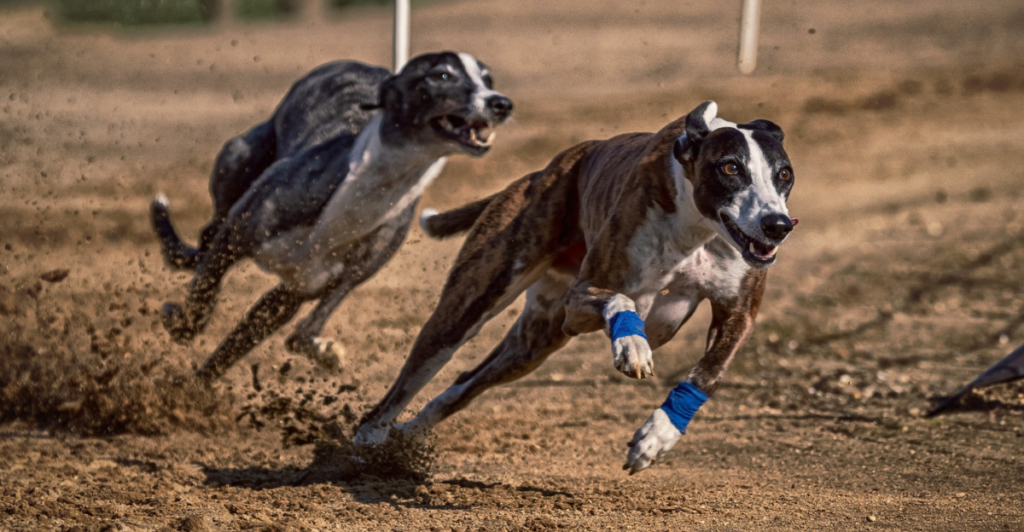
The last myth is that greyhounds are slower than cheetahs over any distance. While cheetahs are faster initially, Greyhounds can maintain their speed over longer distances. In races over several hundred yards, Greyhounds could outlast cheetahs due to their endurance. However, cheetahs are generally faster in short sprints.
Explore more of our trending stories and hit Follow to keep them coming to your feed!

Don’t miss out on more stories like this! Hit the Follow button at the top of this article to stay updated with the latest news. Share your thoughts in the comments—we’d love to hear from you!







